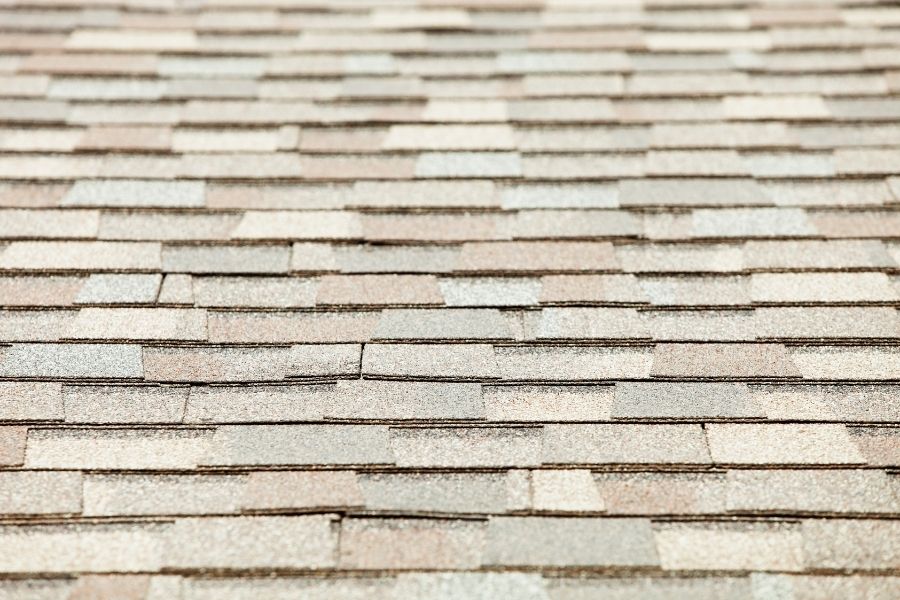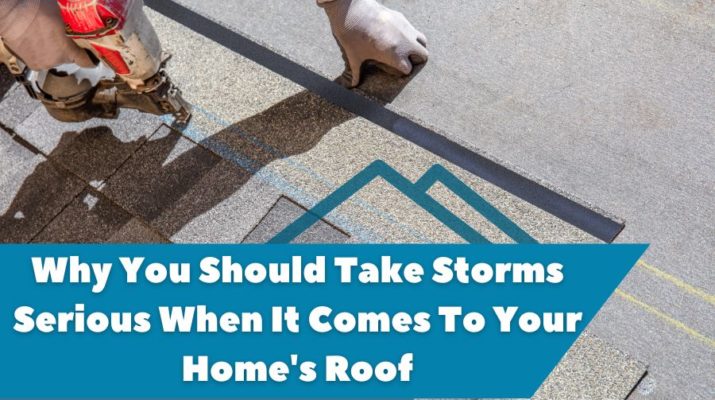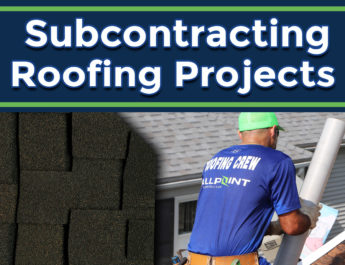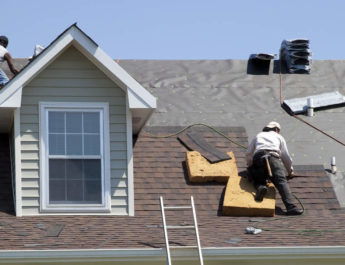Storms can bring destruction and damage to your home, especially when it comes to your roof. Heavy rains, strong winds, and debris can all wreak havoc on the roof of your home, leading to costly repairs if not addressed by a professional roofing contractor quickly.
Storms Can Cause Plenty Of Damages To Your Home’s Roof If You’re Not Careful

It may not seem like much, but the wind, rain, and hail that comes with a storm can do serious damage over time and leave you vulnerable to costly repairs. So what exactly are the dangers of a storm on your home’s roof? Let’s take a look.
High Winds
The most common form of storm damage is caused by high winds. High winds have the potential to lift shingles off of the roof and pull them away from their original place. This leaves exposed sections that are vulnerable to water leakage and further damage. Wind speeds over 60 mph can also cause trees to fall, resulting in dents or broken shingles due to falling debris. If you suspect that wind has damaged your roof, contact a professional for an inspection as soon as possible.
Heavy Rains
Heavy rains can also cause significant damage to your roof. Rain water that pools up on the surface of the roof instead of flowing off can lead to structural damage and leaks inside the home. Additionally, heavy rains carry with them other debris such as leaves and sticks which can clog gutters or downspouts and in turn force water onto the sides of the house where it can seep under shingles or into windowsills causing mold growth or rot. To prevent this type of problem it is important that you keep gutters clean before a storm hits so they have time to properly drain out rainwater during a storm event.
Hail Damage
Hailstorms pose yet another risk for homeowners when it comes to their roofs. Hailstones come in various sizes but even small hailstones (less than 1 inch) have enough force behind them to dent metal roofs or crack asphalt shingle roofs, leading to more repair costs down the line if left unchecked for too long. If you live in an area prone to hail storms, it may be worth investing in hail resistant materials such as metal roofs which often come with warranties that cover hail damage up until 50 years after installation depending on manufacturer specifics!

Ice Dams
In cold climates, ice dams are a common problem for homeowners. Ice dams form when snow accumulates on the roof and melts due to heat loss from the home. The melting snow travels down the roof, but can refreeze near the edge of the roof and gutters, creating a large buildup of ice that prevents additional water from draining off. This can create large pools on your roof and lead to interior leaks if not addressed quickly.
What To Do After A Storm Has Hit Your Home’s Roof?
After a storm, it’s important that you take the time to inspect your home’s roof for any signs of damage. If you suspect there is any damage, it is imperative that you contact a professional experienced in residential roof repairs as soon as possible to assess the situation and fix any issues before they become too serious. Doing so can save you from spending large amounts of money on costly repairs in the future!
Remember that storms can be unpredictable and cause unexpected damages to your home’s roof. Taking the time to prepare ahead of time and being vigilant afterwards can help protect your home from potential disaster and keep repair costs at bay. It’s never been more important to make sure your roof is in the best condition possible before a storm hits.
Hire A Professional For Your Roofing Needs!
Keeping an eye out for potential storm damage should always be one of the top priorities when assessing the overall health of your home’s roof; while some kinds may be hard to spot without professional help others such as missing shingles or hailstones lodged into tiles are easy enough for anyone with basic eyesight skills! Remember that prevention is always better than cure so always double check the integrity of your rooftop before severe weather hits so that you won’t have any surprises waiting later on down the line! Hiring a professional roofer to inspect your home’s roof is your best bet however, this limits any safety concerns to the homeowner.




